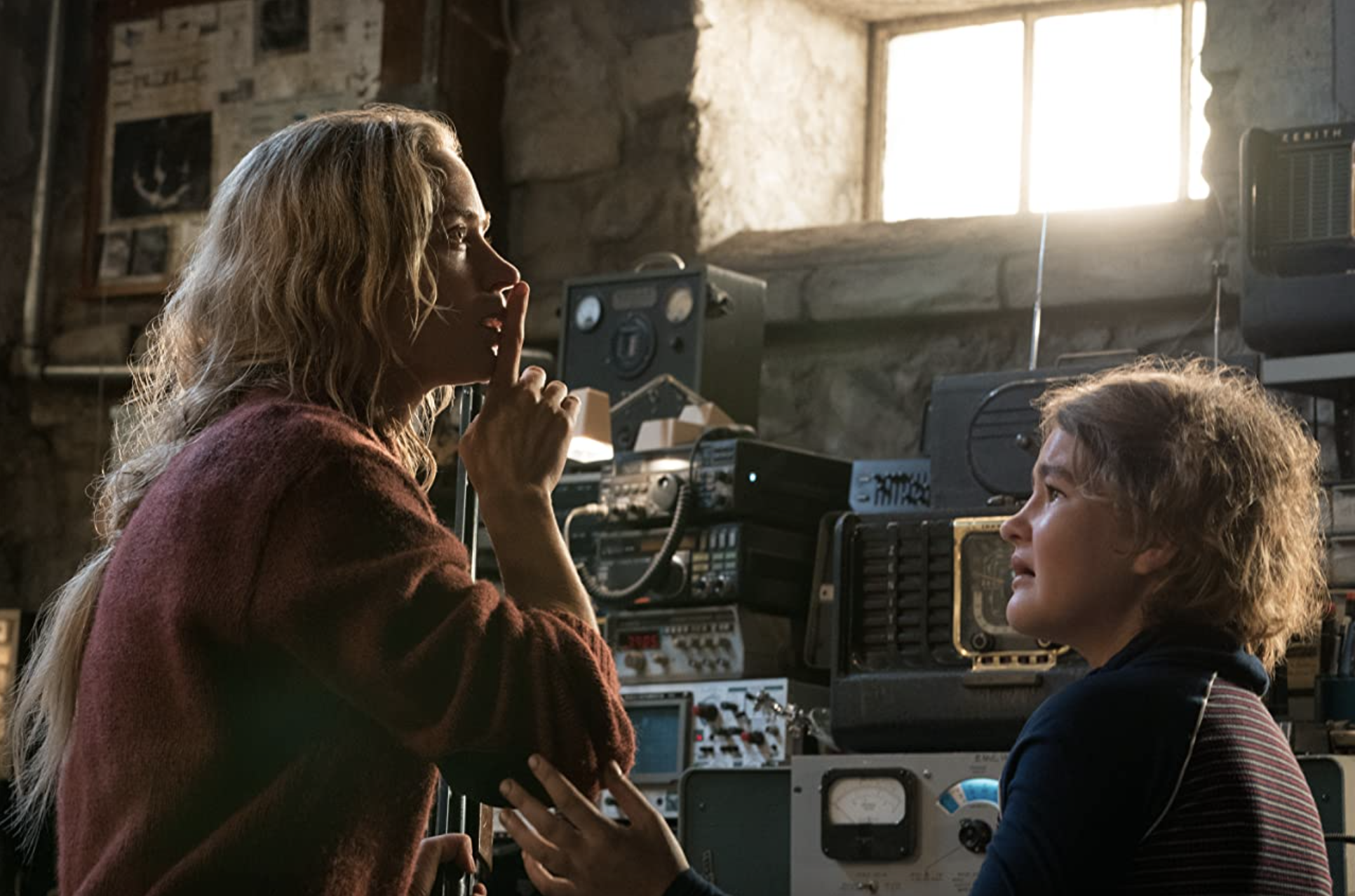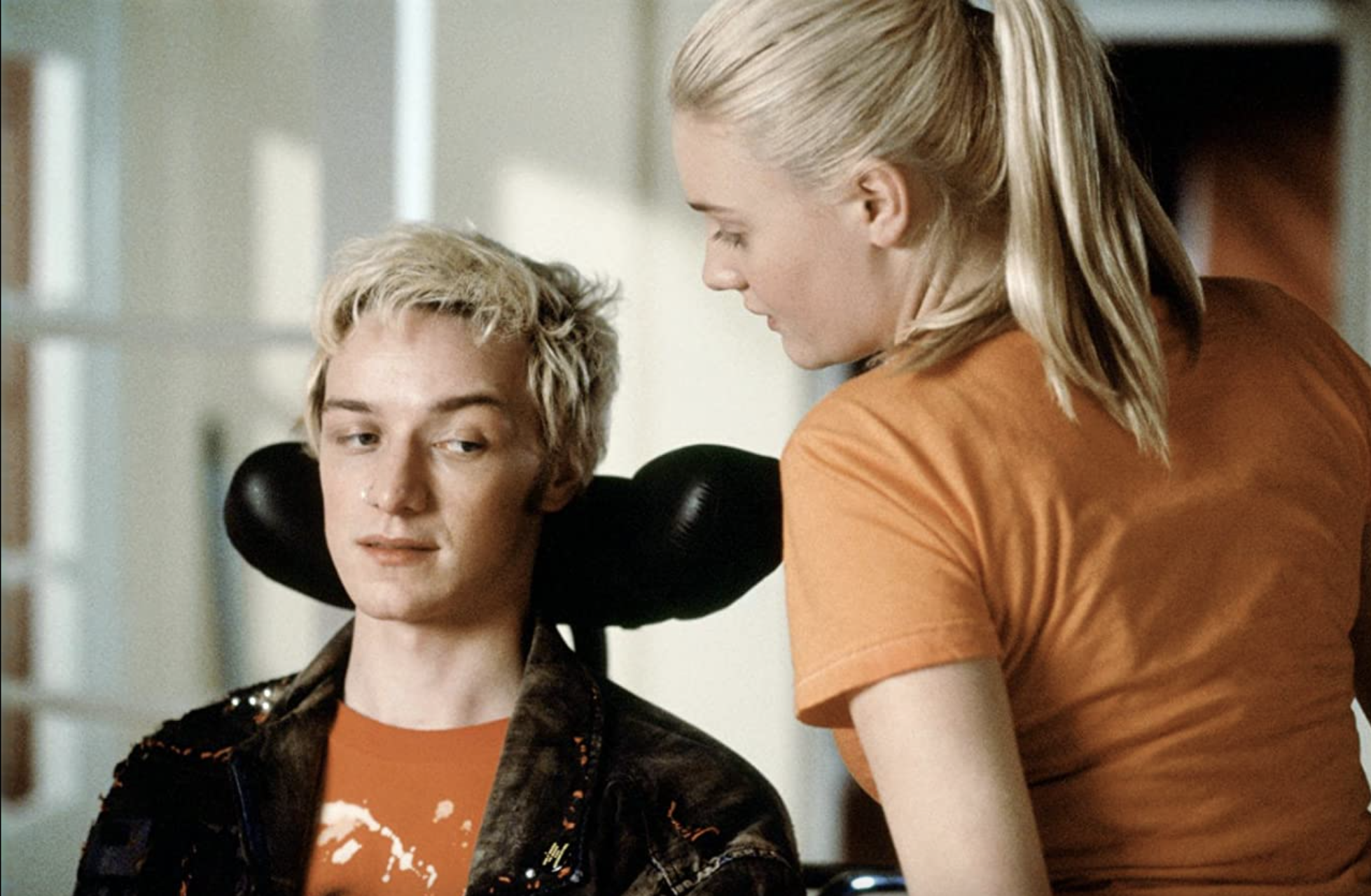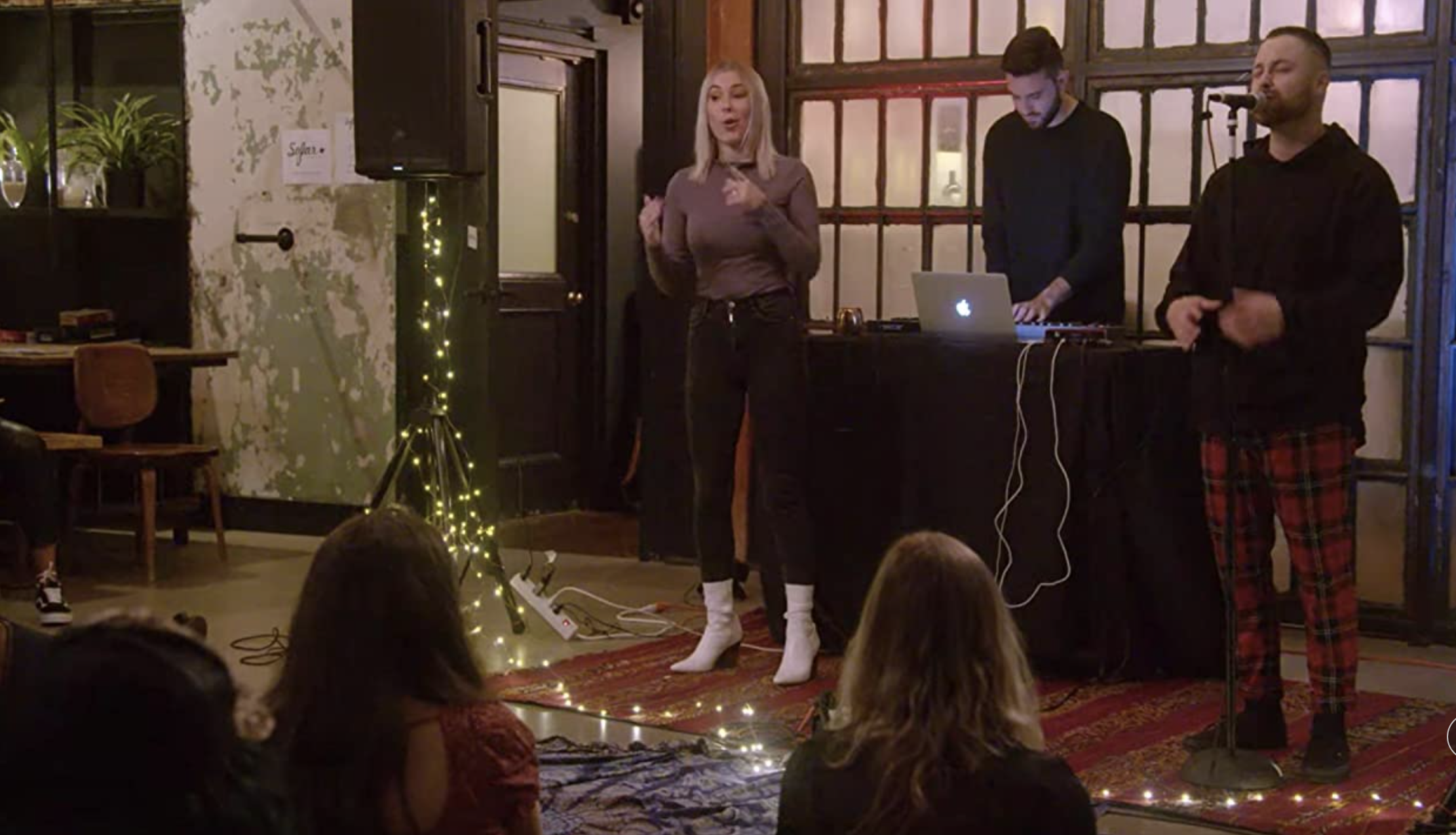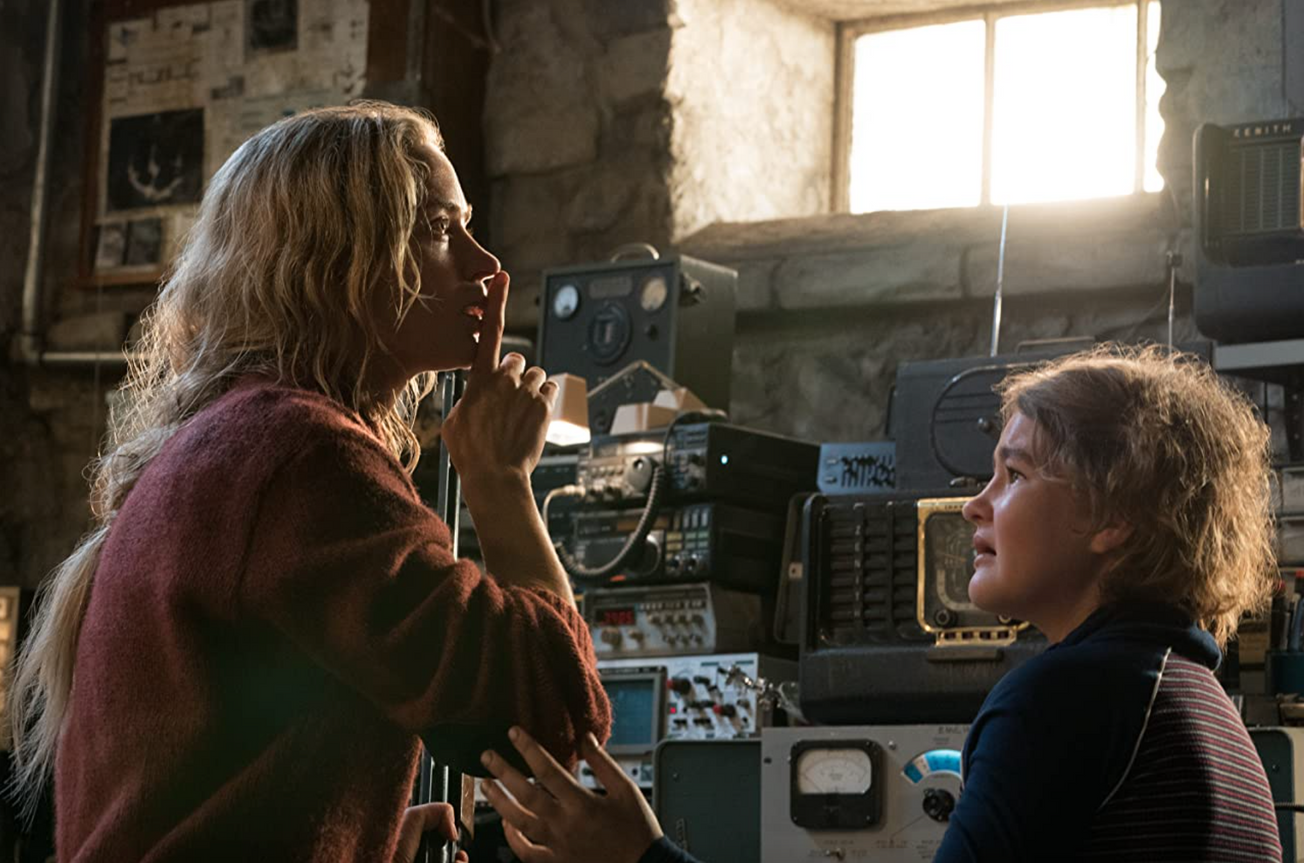By Maddy Raven, Film & TV Editor
Casting choices in Hollywood have become the hot topic in recent years. And, while we seem to be making progress, sometimes it feels like a one step forward, two steps back conversation – especially when it comes for the representation of those with special needs.
Imagine, one day, we all woke up to discover that everyone could fly, apart from you. Soon, everyone would begin flying everywhere as part of their daily routine: the commute to work, out for fun. But they could still walk.
When you can fly, who cares? But you, the reader, would remain firmly planted to the ground. Soon, it factors into town planning – buildings with no stairs, because we wouldn’t need them. Right? Wrong.
The majority of the population do not factor accessibility into their thinking because they cannot see beyond their own abilities. When 99% of the people around you seem to share your experience, it’s difficult to understand why someone else may need adjustments made for them to participate in daily life the way you do. Disability is a technically correct term – you do not have the ability to do something that the majority of the population can. However, this does not mean that you somehow have less ‘value’ to society than someone who is able-bodied.

In recent news, Sia is producing a film about a girl with ASD (autistim spectrum disorder). In another move by tone-deaf celebrities with too much money, who turn their hand to producing, she’s decided to hire the talented Maddie Ziegler to play the protagonist. Ziegler does not have ASD.
The problem here is that there are plenty of actors and actresses with ASD. They’re our doctors, nurses, teachers, actors, chefs, and so on. It’s not that they’re hiding, or that they should be ashamed: it’s just that this representation isn’t reflected on screen. They’re not given the chance to tell their own stories. And, these stories go beyond the usual ones that we see on-screen of oppression and struggling to fit into an intolerant society.
Refusing to cast actors with ASD, actors who are deaf, actors with all abilities in roles which claim to highlight their stories is insulting
Not only this, but disability does not start and end with deafness, and ASD, though they seem to have become the poster-children for the disabled community. There are, of course, films and series about things other than these two, but they are still the two conditions that come to mind when we think of disability. Though I’m the last person to say that everything we see on screen should be true to life, refusing to cast actors with ASD, actors who are deaf, actors with all abilities in roles which claim to highlight their stories is insulting.

Inspiration porn is also an issue – though it is an accepted rule that stories must have conflict, does that conflict always have to be intolerance? So why do we insist on constantly exploring the struggle of people who we consider disabled? It seems to constantly poke at something akin to a wound, especially when cinema is an escape for so many people.
A Quiet Place (2018) made history: creatures that hunt using an advanced form of echo location destroy America, but a family survives using their knowledge of sign language to communicate and adapt to living in a world that requires almost-silence. Their daughter, Regan, is deaf. Her hearing aid becomes the weapon they use against the aliens: her disability is an advantage. This was huge at the time, and the actress (Millicent Simmonds) playing Regan is genuinely deaf. Producer and star John Krazinski also took care to hire real experts, and the cast and crew learned ASL in order to add to the reality of the film.
Turning Regan’s ‘disability’ into a strength was a refreshing new take when so many films which centre those living with special needs seem to be insistent on talking about grim their lives are. And, Simmonds is a talented actress.
We should be encouraging the careers of actors who have access needs. Not only is it important to increase opportunity for everyone, but casting able-bodied people in these roles implies that even in 2020, people with special needs are unwelcome in Hollywood and beyond.
Though it is a beautiful film, Rory O’Shea Was Here (2004) (otherwise known as Inside I’m Dancing) comes to mind: James McAvoy and Steven Robertson play two young men with severe cerebral palsy, despite being able bodied. This attracted controversy. How can we claim to uplift the voices of people in the disabled community if we constantly replace them with able bodied people?

Claiming that able bodied people are simply better actors is also incredibly condescending, and downright rude – Millicent Simmonds and many others prove that there is a wealth of talent out there, if only we stopped allowing able-bodied actors to take up these roles as some sort of test of how good their acting is.
The problem is, as able-bodied people, we are entirely too caught up in examining how disabled people interact with us, how they fit into our society, when we have consistently not made them welcome. Inevitably, they form their own communities and traditions, which we are largely not welcome in, and we should not be.
Transgender Awareness Week: how are transgender characters represented in film and TV?
The best films and series to stream in lockdown
Netflix, in recent years, has done quite a good job of amplifying the voices of those in the disabled community. Deaf U (2020) is a reality TV show about the lives of students at who attend Gallaudet University: a private university for students who are deaf and hard of hearing. Produced by deaf activist Nyle DiMarco, it was praised by Megan Vick for TV Guide: ‘The hook of Deaf U is obviously the inside look at how a community has created a rich and dynamic culture with an identity that the outside world has often only considered a disability, and the show delivers on that front.’
Much like the community in Ryan Murphy’s Pose (2018-), Deaf U shows us how oppressed people come together to form communities where some of us are not welcome. If we want to be allowed into their world, we must allow them a seat at our own table. We can’t have it both ways.
Featured: IMDb
You can find out more about the International Day of Persons with Disabilities here.








